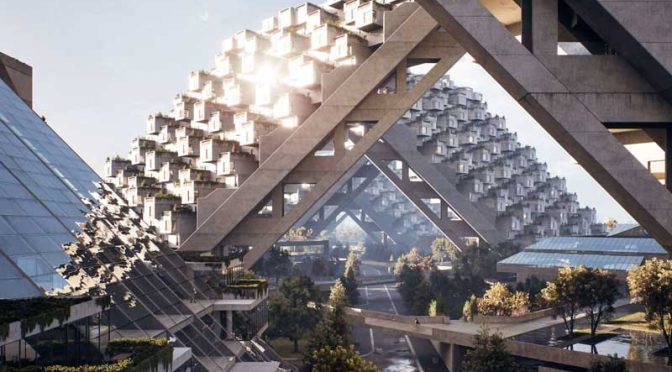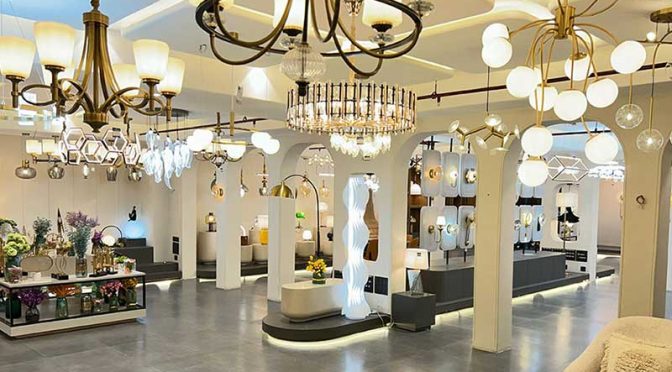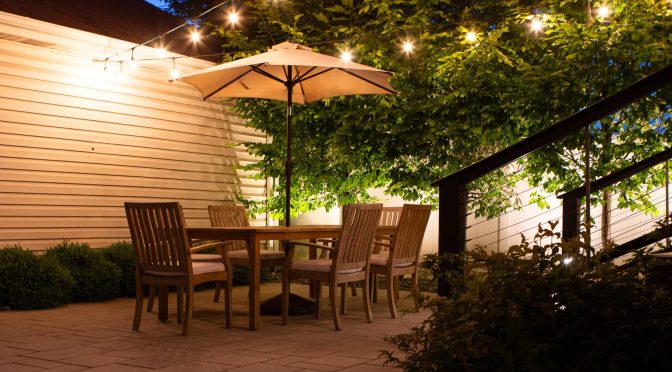The lighting industry is entering a period of accelerated evolution driven by technology adoption, sustainability priorities, rising regulations, and increasing expectations for long-term performance. As we move into 2025–26, purchasing patterns across architectural, commercial, industrial, and residential lighting are shifting, creating new opportunities for suppliers, OEMs, and solution providers.
For exhibitors and buyers participating in Canada Light Expo 2026, understanding these shifts is critical. The way decision-makers evaluate lighting solutions, whether for large infrastructure developments, smart buildings, retail spaces, hospitality environments, or residential projects, is being redefined by measurable value, performance, and integration capabilities.
1. Sustainability Is Now a Core Procurement Driver
Environmental responsibility has transitioned from a desirable product feature to an essential selection criterion. Across Canada and global markets, procurement teams, architects, and facility managers are increasingly prioritising:
- Reduced energy consumption
- Recyclable materials and circular design
- Lower embodied carbon
- Extended lifecycles and reduced maintenance
Government policies, net-zero commitments, and rising operational energy costs are accelerating the adoption of sustainable lighting. Buyers now expect quantifiable metrics on energy savings, durability, and environmental impact, making efficiency-focused innovation a competitive necessity.
2. Smart & Connected Lighting Becomes Mainstream
The shift toward digital infrastructure and IoT-enabled environments is driving widespread adoption of smart lighting ecosystems.
Buyers are seeking solutions that offer:
- Integration with smart building systems
- Real-time monitoring and analytics
- Wireless control and automation
- AI-driven energy optimisation
What was once considered premium or future-focused has become a standard expectation across commercial, industrial, logistics, and institutional projects. Exhibitors offering interoperable, scalable, and retrofit-ready systems are positioned to lead market demand.
3. Lighting as an Experience
Lighting is increasingly evaluated not only on technical specifications but also on its ability to enhance experience, brand identity, and user well-being.
Growing interest areas include:
- Architectural Lighting
- Landscape Lighting
- Smart Lighting
- Energy Efficient | Sustainable Lighting
- Human Centric Lighting
- High End Decorative Lighting
- Horticulture Lighting
- Healthcare Lighting
This shift is evident in hospitality, luxury residential, retail, and workplace environments where lighting contributes to perception, comfort, and emotional response.
4. Rising Demand for Customisable Lighting Solutions
Standardised products are no longer sufficient for diverse project needs. Buyers are actively seeking:
- Modular lighting systems
- Custom dimensions, mounting methods, and finishes
- Adaptable and scalable configurations
Manufacturers offering flexible design options and engineering support will have a strong competitive advantage, especially in large-scale architectural and infrastructure projects.
5. Price Is Replaced by Value-Based Buying
Cost remains relevant but is no longer the deciding factor. Buyers are measuring value through:
- Operational savings
- Lifecycle cost
- Upgrade compatibility
- Energy and maintenance efficiency
This marks a shift toward strategic and long-term procurement, especially in the public sector and enterprise-level projects.
Why These Shifts Matter for Canada Light Expo Exhibitors and Buyers
The demand patterns shaping 2025–26 signal a clear industry direction: smart, sustainable, value-driven lighting solutions will define purchasing priorities.
For buyers, attending Canada Light Expo provides:
- Access to the latest innovations and practical demonstrations
- Insights into market pricing and procurement benchmarks
- Opportunities to evaluate product build, performance, and compatibility
For exhibitors, it offers:
- Direct engagement with decision-makers and specifiers
- An opportunity to position solutions against evolving buyer expectations
- A platform to launch, demonstrate, and differentiate product innovation
Conclusion: The Industry Is Entering a Strategic Purchasing Era
As the lighting landscape evolves, the market is being reshaped by informed buyers who prioritise:
- Sustainability and compliance
- Digital integration and intelligent control
- Long-term value and performance assurance
- Customisation and experience-oriented design
As the lighting sector evolves, Canada Light Expo remains the central destination where innovation meets industry demand. This is where future procurement strategies take shape. Be part of it on 18–19 November 2026 at the International Centre, Toronto, Canada.










